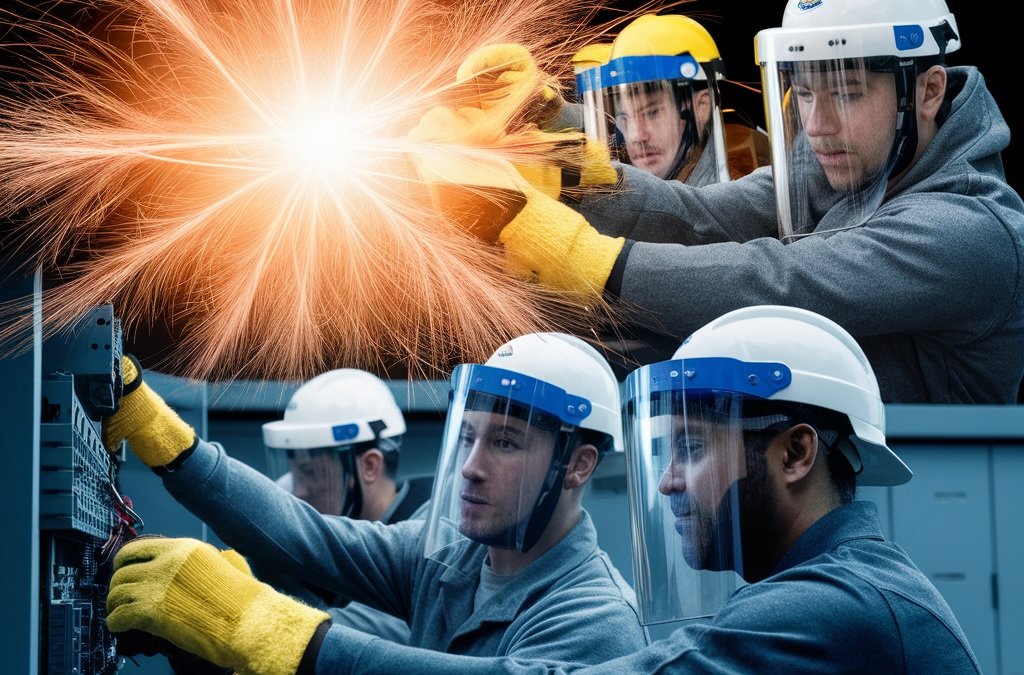6 Reasons for 3D Printing Rapid Prototyping Service

3D printing is the go-to process for rapid prototyping. The additive technology process has revolutionized rapid prototyping, offering a fast, cost-effective, and flexible approach to creating physical models from digital designs. This technique allows designers, OEMs, and engineers to quickly iterate on concepts, test functionality, and refine designs before moving to full-scale production.
This article explores the different types of rapid prototyping and provides six compelling reasons why 3D printing is the preferred method for rapid prototyping.
What is Rapid Prototyping?
Rapid prototyping is a series of manufacturing processes used to quickly create a physical model or prototype of a part or product using 3D computer-aided design (CAD). This process helps designers and engineers visualize and test a design’s feasibility and functionality.
It allows them to determine whether the concept or design will suit its intended application, significantly reducing the time between initial design and final production. Rapid prototyping allows for iterative testing, enabling manufacturers to make necessary adjustments to improve the design and enhance decision-making in the early stages of product development.
Rapid prototyping includes techniques like CNC machining, sheet metal fabrication, and metal casting. However, OEMs prefer to use additive manufacturing techniques, commonly 3D printing rapid prototyping.
What is 3D Printing?
3D printing is a manufacturing process that creates three-dimensional objects from digital designs by adding materials layer by layer until the intended structure is formed. It is the standard additive manufacturing technology in parts fabrication and rapid prototyping applications.
Unlike traditional processes, like machining, which involves removing components from a workpiece, 3D printing involves building the object or part in successive layers. Instead of a solid block as in subtractive manufacturing, 3D printing materials are in the form of powders, granules, filaments, wires, etc. materials. Still, it suits fabricating complex parts with complex and intricate geometries that would be challenging or impossible to achieve with conventional techniques.
Below is a concise review of the 3D printing process.
- Design Creation: After concept generation, the designer must create a suitable digital 3D model of the object using computer-aided design (CAD) software or other tools. The designed model serves as the blueprint for the object to be printed.
- Slicing: The 3D model is then sliced into thin, 2D cross-sectional layers that can be printed on the other to create the final object. This is done using appropriate slicing software that generates the file containing instructions for the 3D printer.
- Printing and Layering: The 3D printer reads and interprets the file and starts to build the object by depositing the material, layer by layer, according to the design specifications. Printing continues till the final object is created.
- Post-processing: After printing, the object may require post-processing, such as removing support structures, curing, sanding, or painting, to achieve the desired finish and mechanical properties.
Types of 3D Printing
Below, we examine some of the common types of three-dimensional printing.
SLS – Selective Laser Sintering
As the name suggests, SLS uses a laser to fuse powdered materials, such as nylon, into solid parts. The laser selectively sinters the powder bed layer by layer to match the instructions and codes of the digital model. SLS is ideal for creating durable, complex geometries without needing support structures, making it suitable for functional prototypes and end-use parts.
SLA – Stereolithography
SLA utilizes a UV laser to cure and solidify a liquid resin, layer by layer, into a hardened plastic. Stereolithography is the oldest form of 3D printing. It uses the laser to cure liquid photopolymer on its build plate, then zips around in the shape of the part’s cross-section, curing it and reducing it for the next layer. This technology is known for its high resolution and smooth surface finish, which is perfect for detailed prototypes and intricate designs.
FDM – Fused Deposition Modeling
FDM, or Fused Filament Fabrication (FFF), is one of the most common 3D printing methods. It involves melting a thermoplastic filament and extruding it through a nozzle to build the object layer by layer. Because of its cost-effectiveness, it is one of the most common forms of 3D printing. This feature even makes it a common choice for hobbyists.
DLP – Digital Light Processing
DLP is similar to SLA; they both utilize UV. However, the difference is that the DLP machine features a digital projector that projects UV light to flash the image of the part onto a vat of photopolymer resin – the material, curing it instantly. This method is known for its speed and precision. DLP is used in dental and medical applications to create detailed, high-quality parts.
6 Critical Reasons for 3D Printing Rapid Prototype Service
As mentioned earlier, 3D printing is the go-to process for rapid prototyping operations. Below are some of the reasons it suits prototyping applications.
Speed and Efficiency
3D printing allows for the rapid creation of prototypes, significantly reducing the time from concept to production. This accelerated timeline enables quicker iterations, faster feedback, and the ability to bring products to market faster.
Cost-Effectiveness
Traditional prototyping methods can be expensive, especially for small-scale fabrications and prototypes. This is because they require the same specialized toolings and molds regardless of production volume. However, 3D printing eliminates these costs by directly creating parts from digital designs, making it a more affordable option, especially for small batches and one-off prototypes.
Design Flexibility and Customization
3D printing is known for its suitability for creating complex geometries and intricate details that may be challenging or impossible with traditional manufacturing methods. The process uses material in its simplest forms, such as powders, to better manipulate the intended structure. This flexibility allows designers to explore innovative solutions and easily customize parts to meet specific needs.
Material Variety
Indeed, plastic parts fabrication is more common in 3D printing. However, the process suits extensive material options, including metals, ceramics, and composites. This variety allows for creating prototypes that closely mimic the final product regarding material properties, helping with better testing and validation.
Reduced Waste
One of the most significant advantages of 3D printing and additive manufacturing techniques over subtractive processes is that they create parts by building up materials. Therefore, there’s little to no material wastage, making them a more sustainable process.
Testing and Validation
Rapid prototyping with 3D printing allows for thorough testing and validation of design concepts. Engineers can assess the prototype’s form, fit, and function, identify any issues, and make necessary adjustments before mass production.
Conclusion
3D printing services are vital in rapid prototyping due to their speed, cost-effectiveness, design flexibility, and material versatility. It accelerates the product development cycle and allows for thorough testing and validation, ensuring the final product meets all requirements. As technology evolves, 3D printing will likely play an even more significant role in prototyping and beyond.









